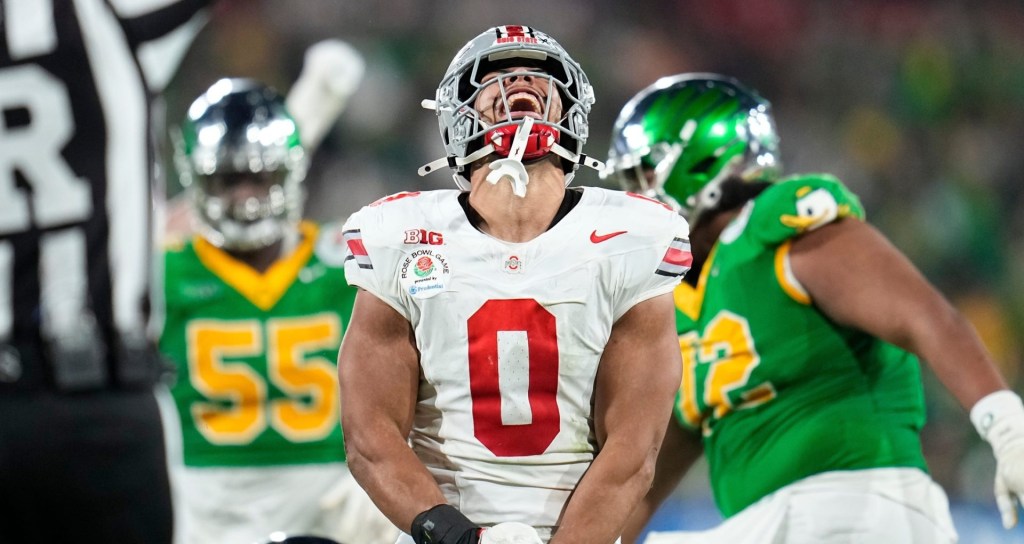The idea of NCAA football players receiving a cut of athletic department revenue has always seemed like a pipe dream. But administrators, coaches, and players agree — the concept is now imminent.
About 82% of respondents to an ESPN survey of more than 200 college football stakeholders expect revenue sharing within the next decade.
- 54% think that by 2027, schools will start paying players directly as part of athletes’ compensation benefits.
- 28% believe that by 2032, a pay-for-play system will be in place.
- Only 12% expect there will never be revenue-sharing.
The idea isn’t new — but the survey suggests it’s continuing to gain momentum.
At Big Ten media days last week, for example, Michigan coach Jim Harbaugh said he believed athletes should get a cut of conference revenue.
The comments followed news that Penn State players joined an organization planning to negotiate for media rights revenue sharing, as well as increased medical benefits. The Big Ten is in the end stages of negotiations for a deal that could garner more than $1.25 billion annually for the conference, FOS previously reported.
The courts, NLRB, or Congress could require athletes to be paid regardless of the prevailing opinion.
One case in the Third Circuit Court of Appeals is currently weighing whether athletes are considered employees under the law.
Two cases have been filed to the NLRB suggesting athletes should be able to collectively bargain — a timely development given that current NLRB general counsel Jennifer Abruzzo has been vocal about her stance that athletes are employees.
And while Congress is unlikely to pass any college athlete compensation legislation before the November election, there have been discussions about bills that would require revenue sharing.

















